The latest Luis Valdez play, Valley of the Heart, which ran at the Center Theatre Group’s Mark Taper Forum in Los Angeles, CA, last fall, is a love story between an Asian American woman and a Mexican American man—characters rarely portrayed on the American stage. While watching, I thought of my own Chicano family: my sister married a Japanese/Mexican man from New Mexico, my son married a Filipino, and we think of our grandchildren with loving affection as “Mexipinos.” This could have been about them.
Valdez’s play explores miscegenation, identity, and how Latinx and Asian people fit into the fabric of American society. Set in the 1940s in the small farming community of Cupertino, California, two families live side by side. Thelma Yamaguchi is the daughter of Hana and Ichiro, Japanese immigrants who grow vegetables on their ranch. Next door lives Benjamin Montaño and his Mexican family who work for the Yamaguchis. Benjamin and Thelma fall in love even though she has been promised to a Japanese man. But when the Empire of Japan invades Pearl Harbor, the Yamaguchis are sent to a concentration camp and Thelma announces she is pregnant with Benjamin’s child. That is when loyalties to clan and country are severely tested.


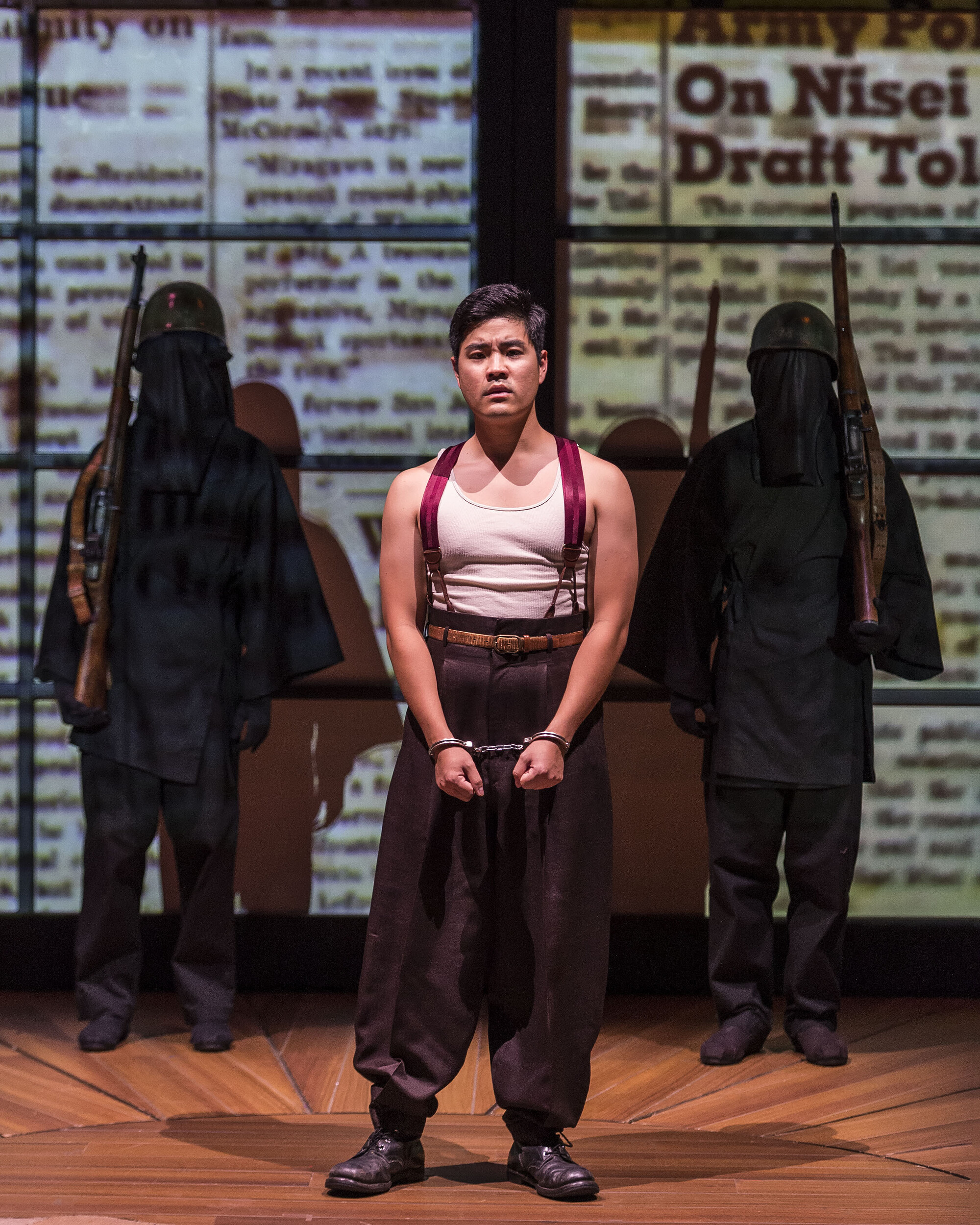
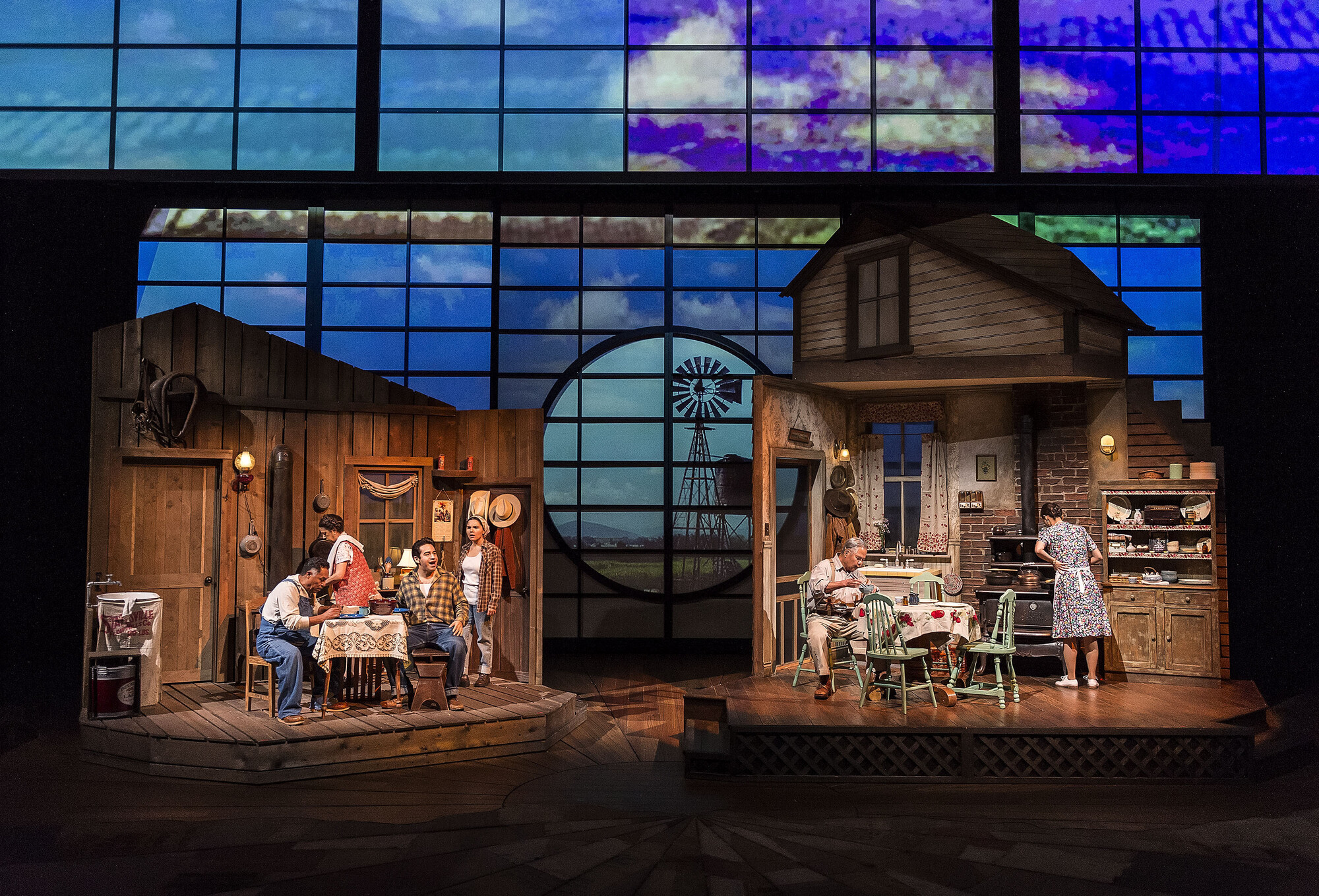

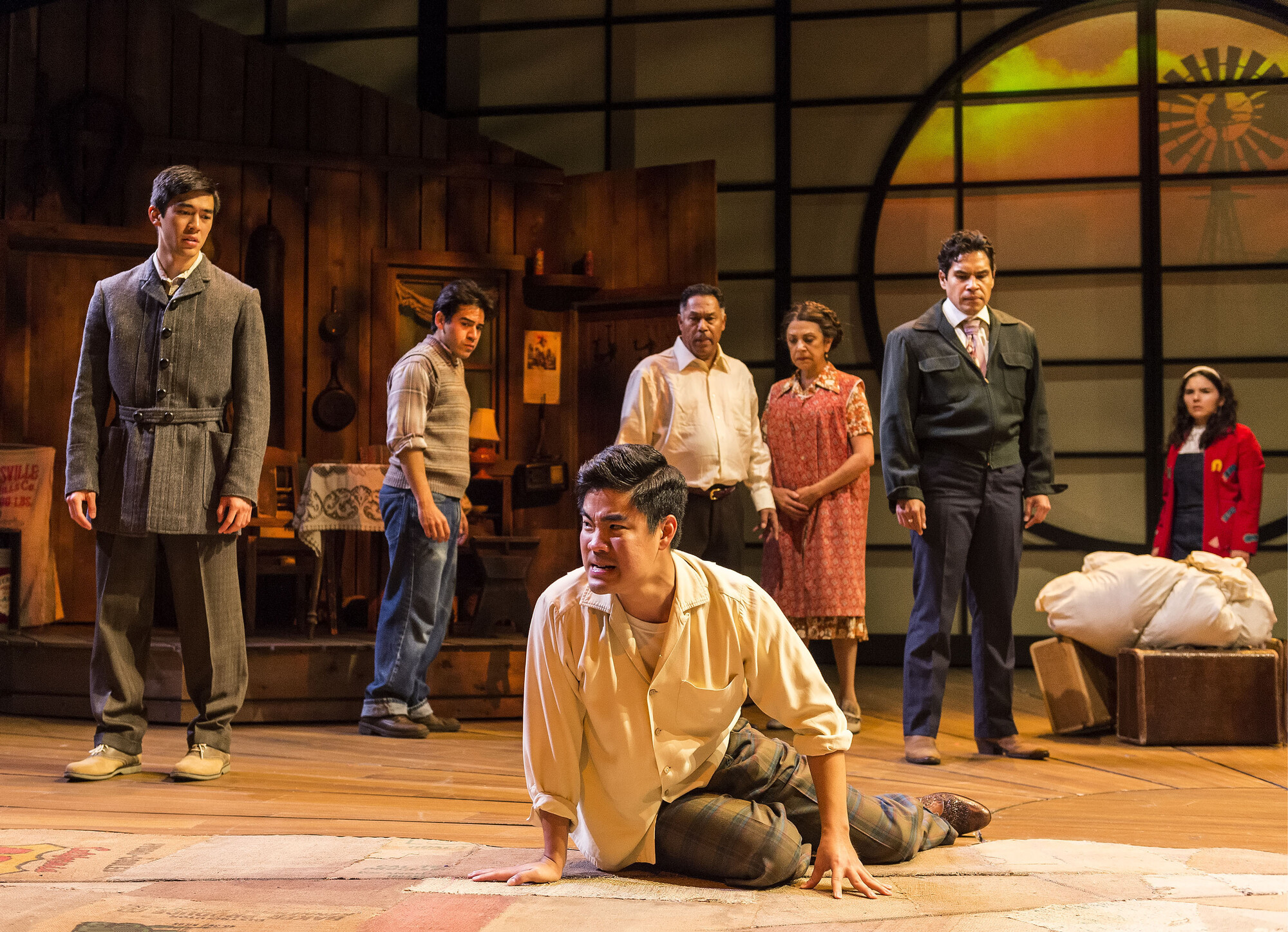


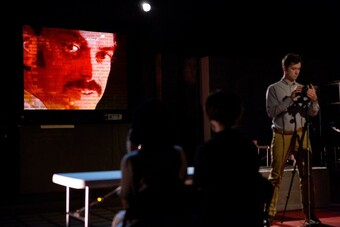

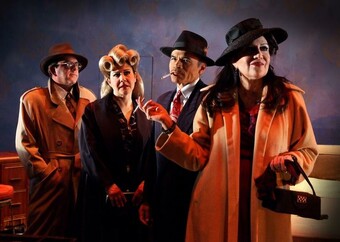
Comments
The article is just the start of the conversation—we want to know what you think about this subject, too! HowlRound is a space for knowledge-sharing, and we welcome spirited, thoughtful, and on-topic dialogue. Find our full comments policy here
I found this very informative. We spend so much time focusing on every other race, gender, or sexuality issues that we forget about Asian-American theater. This article hit on points and explain emotions that we never consider in theater.